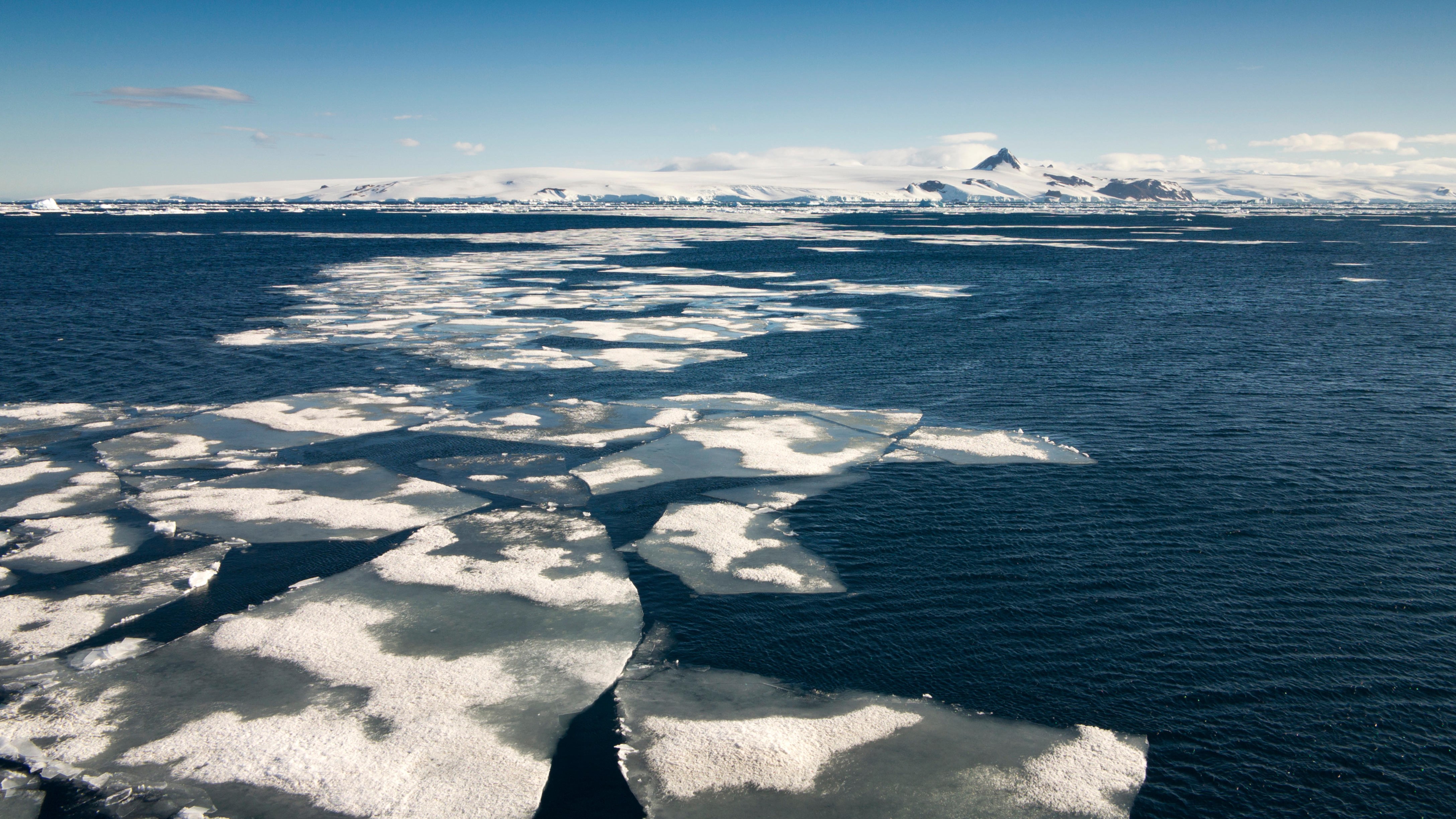
The sea ice extent around Antarctica has dropped below 2 million square kilometers (772,000 million square miles) for the third year in a row — a record that experts say is further evidence that the continent is entering a "new regime" that could cause global ripple effects.
Sea ice extent around the southern continent hit a minimum of 1.99 million square kilometers (768,000 square miles) on Feb. 20, according to scientists at the University of Colorado Boulder's National Snow and Ice Data Center.
This figure is tied with 2022 for the second-lowest extent in the 46-year history of such observations. And it's only 200,000 square km (77,000 square miles) above the lowest ever extent of 1.79 million square km (691,000 square miles), set on Feb. 21, 2023.
For scientists monitoring Antarctica, these are troubling signs that the sea ice extent — a crucial factor in maintaining stable climate conditions around the globe — has shifted irrevocably.
"2023 just blew everything off the charts," Ariaan Purich, an Antarctic climate researcher at Monash University in Australia, told Live Science. "Nothing like 2023 has occurred in the observational record before. It's not a little bit low; it's incredibly low."
Since satellites began monitoring Antarctic sea ice in 1978, its extent has typically fluctuated between relatively stable summer minimums and winter maximums.
Related: Scientists say dehydrating the stratosphere could be plausible option to combat climate change
The sea ice has served a variety of functions: providing a stable home for emperor penguins (Aptenodytes forsteri) to rear their young; shielding vulnerable glaciers from warming seawater; reflecting some of the sun's rays back into space; and driving nutrients, oxygen and carbon dioxide across global ocean currents, fostering marine life.
But in recent years, scientists have been witnessing an astonishing change in the sea ice extent. One record low in 2016 was followed by another in 2022, and then a third in 2023.
As winter fell over the continent in March 2023 (a period when sea ice typically recovers at pace) scientists observed six months of never-before-seen lows. By the height of the winter season in July, the Antarctic had failed to replenish a chunk of ice bigger than Western Europe.
The spate of record minimums has led scientists to suggest that the Antarctic could be shifting into a lower state in which future summers pass without any ice protecting the continent's ice shelves from the seawater.
Recent research has also indicated that the sea ice extent has become much more erratic in recent years — a further clue that an "abrupt critical transition" has occurred, according to the study.
In the wake of spotting this worrying change, scientists have called for better monitoring and data reading of the continent; increased funding for collaborative research; and the urgent slashing of greenhouse gas emissions.
"If Antarctica stops cooling the planet and starts acting to heat, then we'll all see rapid warming" — above 2.7 degrees Fahrenheit (1.5 degrees Celsius), Martin Siegert, a glaciologist who led an investigation of the shift on behalf of the U.K. Foreign Office, told Live Science. "And it will be largely unstoppable once that process kicks in; it'll be really difficult to rectify it.
"It's an issue that we are unlocking for the future," he added. "Not just our future, but our children's and those that come after, as well. Our only way forward is to decarbonize."







